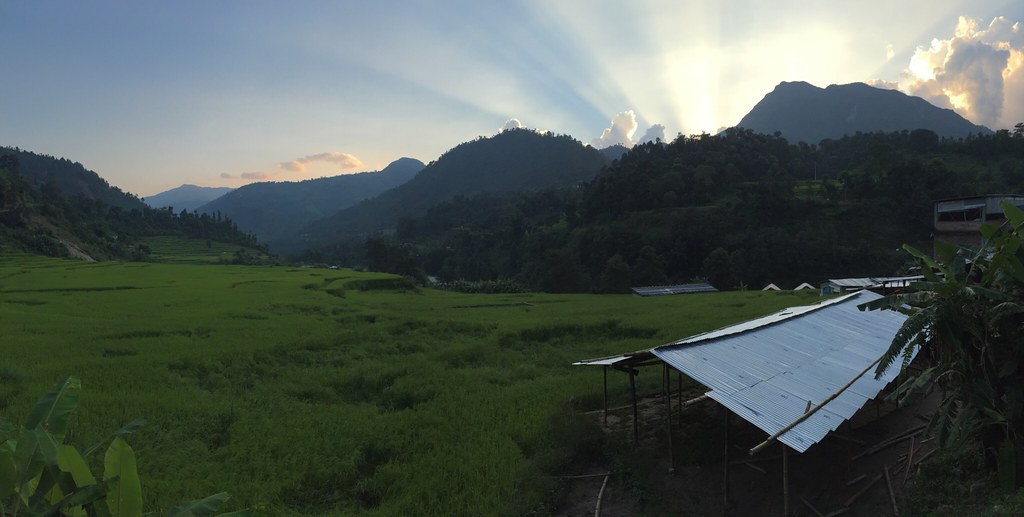Yesterday I also had an interesting case. A gentleman who I would guess was in his 40s or maybe 50s came into the clinic with severe acute leg pain in his right posterior/lateral thigh and calf. I was busy with another patient but my translator asked if acupuncture would help. I suggested we have him drink some water right away in case he was experiencing cramping due to dehydration (he claimed he had experienced cramping before and this was different). After I finished with the patient I was working on, I placed a couple of auricular needles in his ear to try to help calm him down and help with the pain. It seemed to help as he did calm down and no longer appeared to be in quite as severe of pain. The nurse had him lie down and applied a topical muscle analgesic to his calf and wrapped it. I then asked if he was having any low back pain because I thought perhaps he may have some nerve impingement further up stream. He indicated he had a little. I placed needles at L5, S1, S2, (based on the nerve root/dermatomes chart) and UB54, GB30 as well as the bladder xi cleft point of UB63. The gentleman was in so much pain at this point that he was shaking on the bed. The nurse placed a blanket over him. About an hour later I took his needles out and he walked out of the clinic. At that time he did not appear to be in any distress, but I was busy with other patients so I wasn't able to find out exactly how he felt. I'm honestly not sure if it was the fluids we had him drink, the analgesic cream and ace bandage the nurse applied or some of my needles that appeared to help him. Thankfully he seemed to be much better when he left which is what matters most.
After my shift I went for another short hike along a stretch of road I hadn't explored yet heading south east from the village. The view and the sky were amazing. After taking a few pictures like the one below, I happened upon one of the women I'd been treated in the clinic for knee pain.

She doesn't speak much English and so at first I thought she said I should "go home." I thought maybe because it was starting to get dark or something. However, her husband came along and the way he motioned at me made me realize they were actually inviting me into their home. I followed them down the path and sat down in their living room floor on a bamboo mat while my patient (most everyone has long difficult names and I see so many people that I can't remember her name) made me milk tea and I smiled and said namaste to her two little girls who were both adorable and smiling right back at me. There wasn't much talking at first, but then her two older children showed up (a boy aged 9 and girl aged 15 and they both spoke some English so I asked if they wanted to see some pictures I'd taken since I'd been in Nepal and we scrolled through them for the next 15 minutes. After finishing my tea, I thanked them for their hospitality and made my way back to the village.
- Posted using BlogPress from my iPhone
































